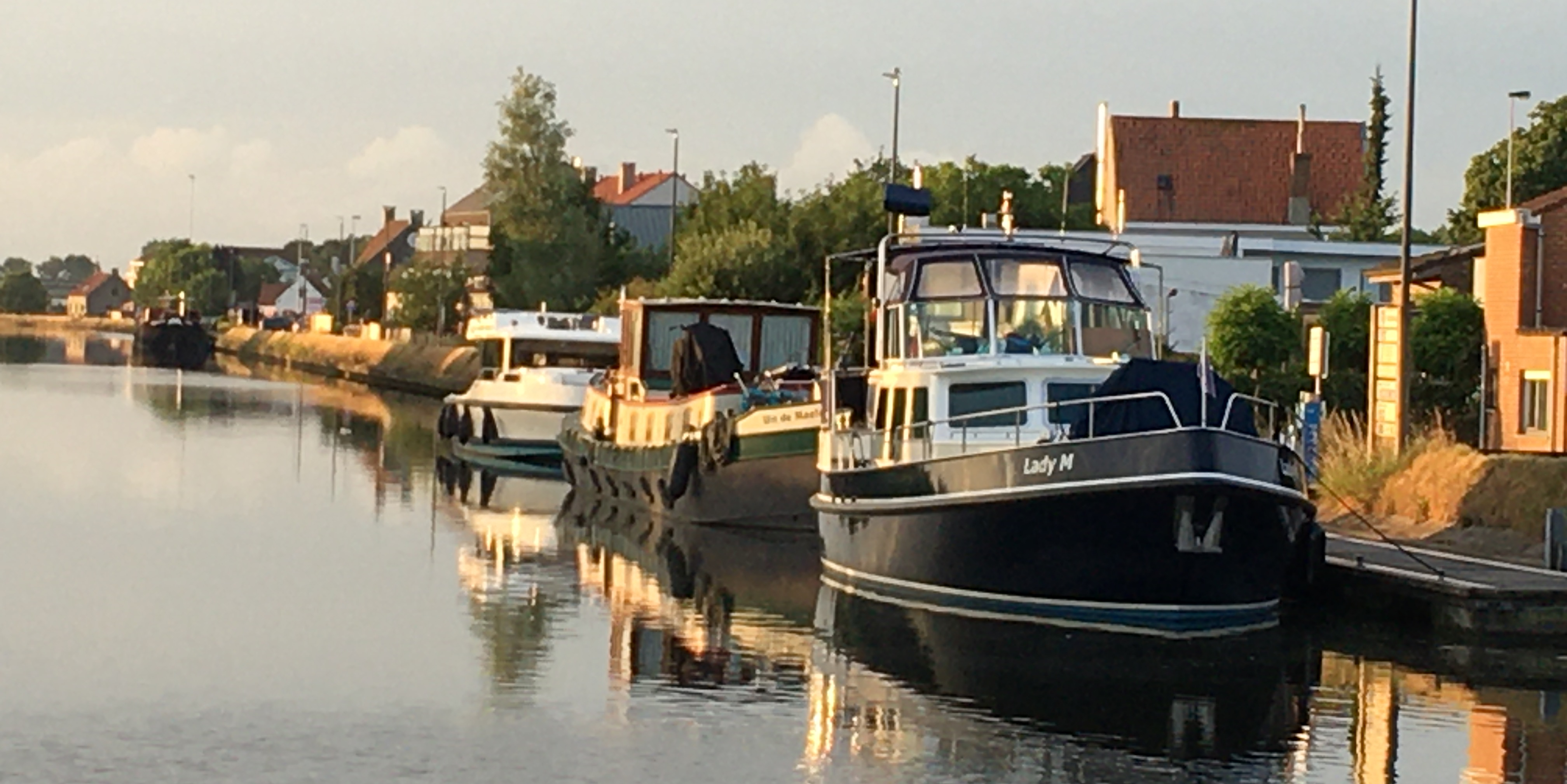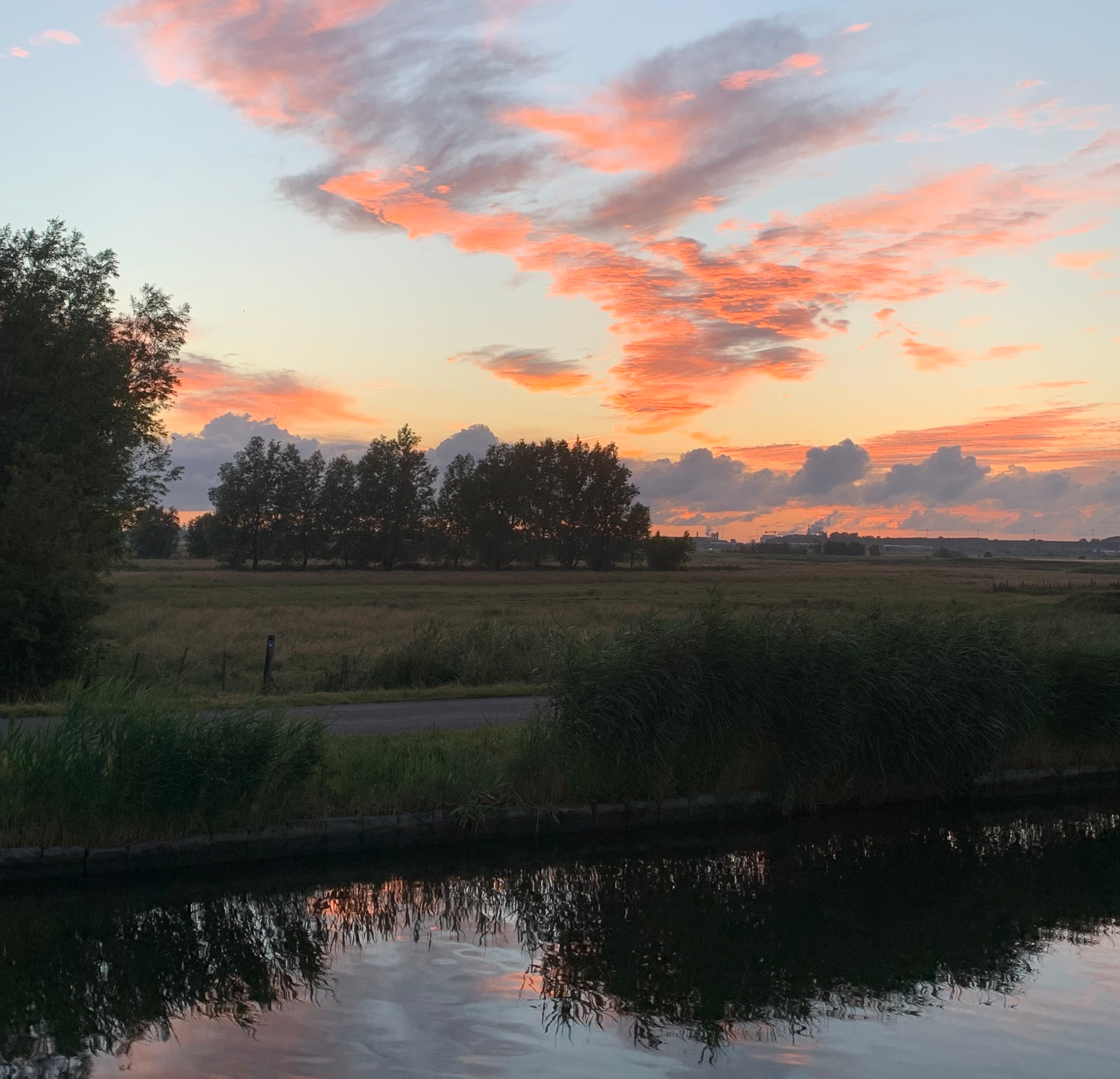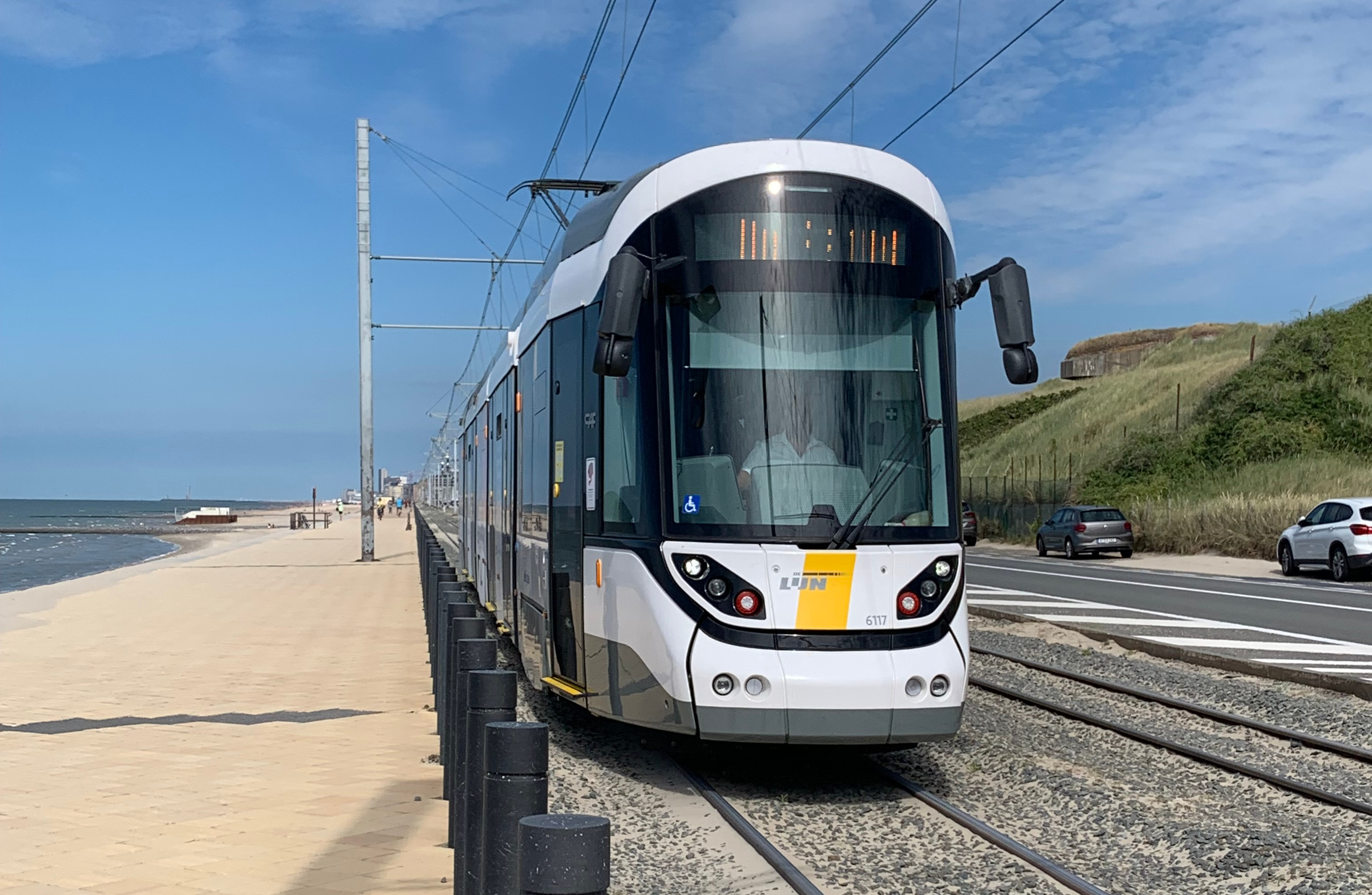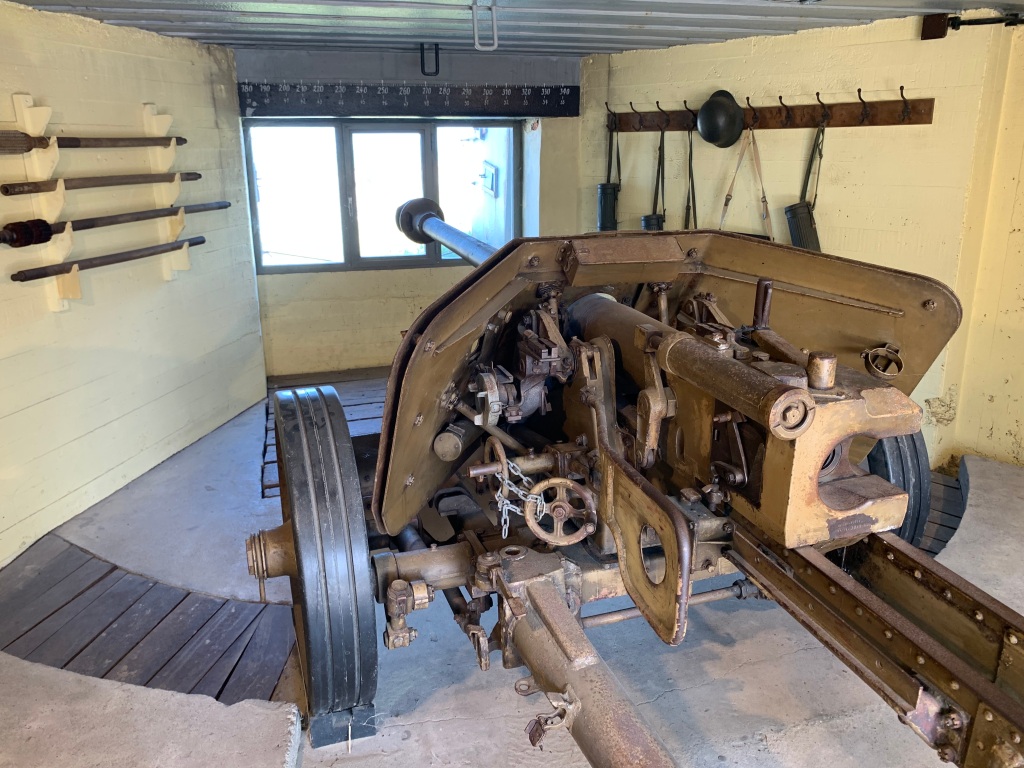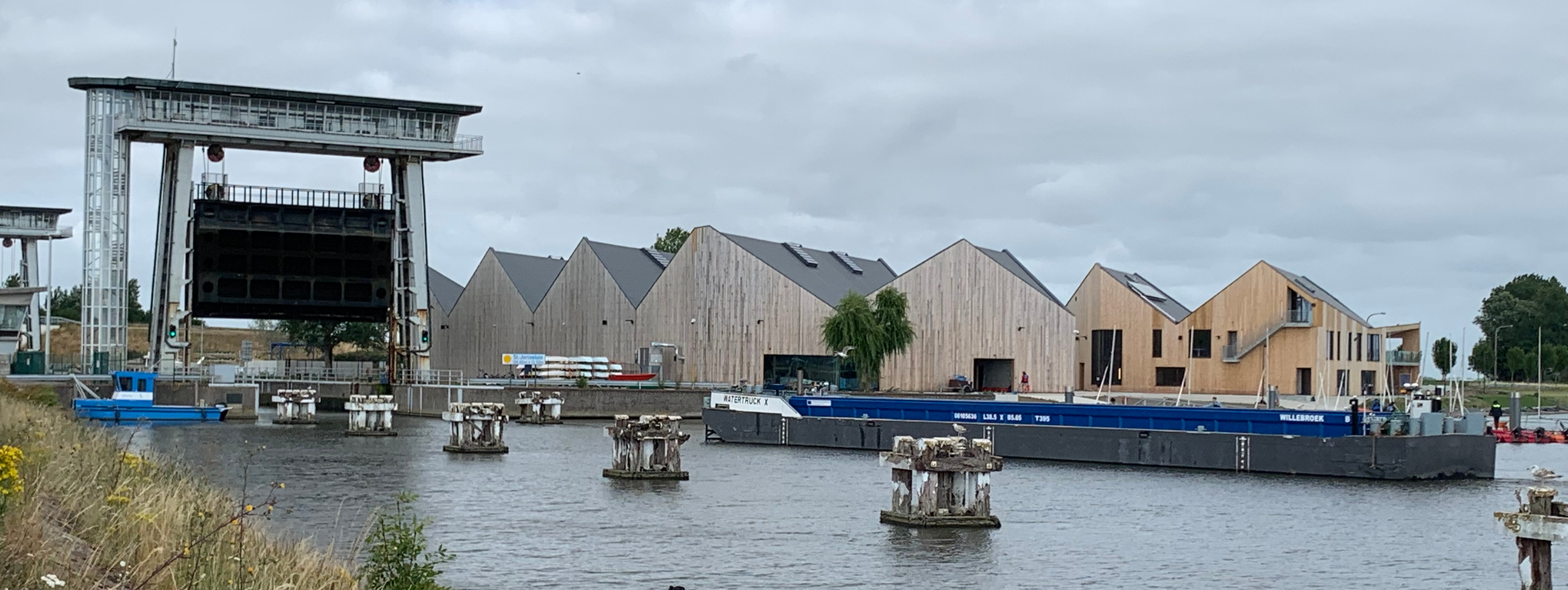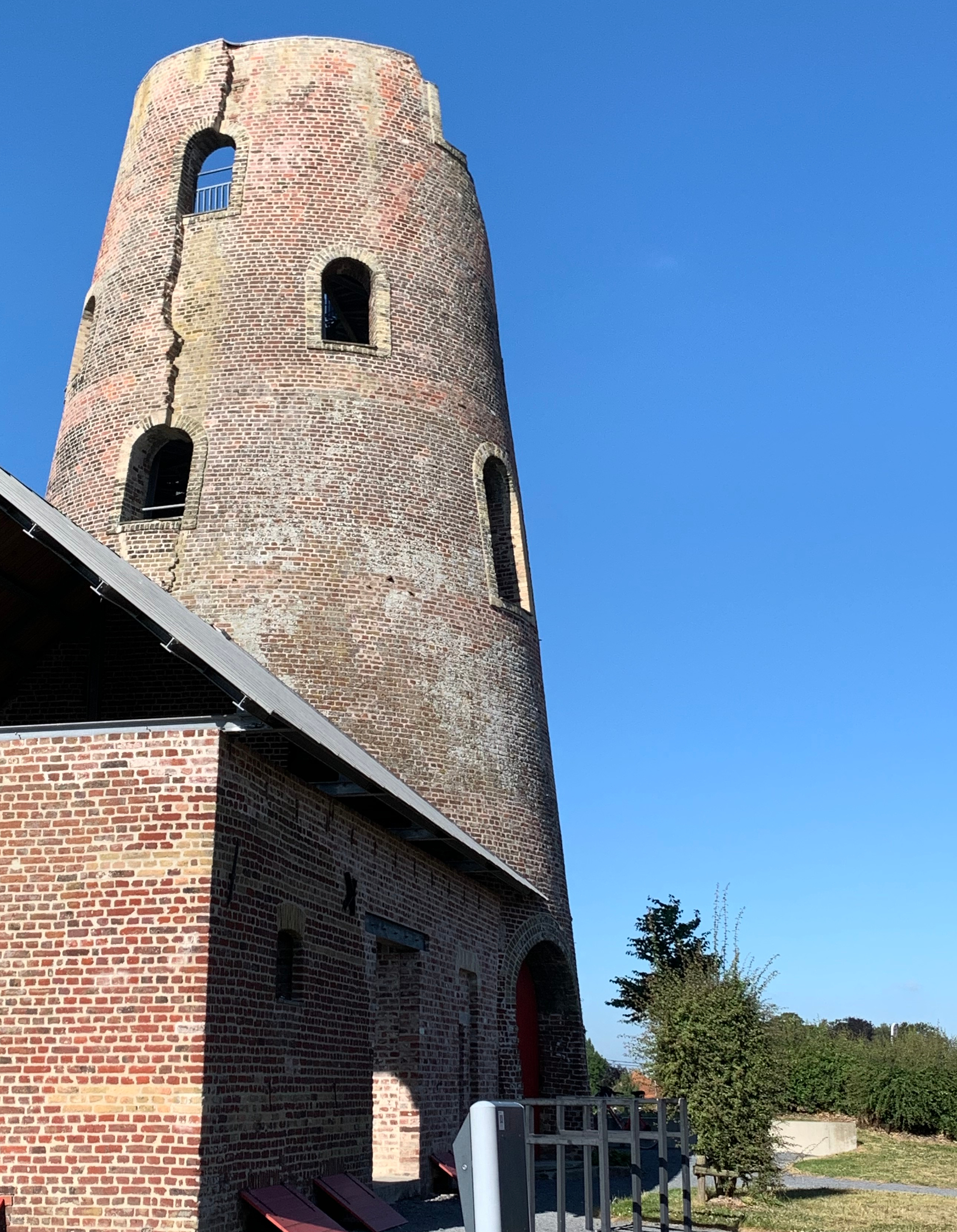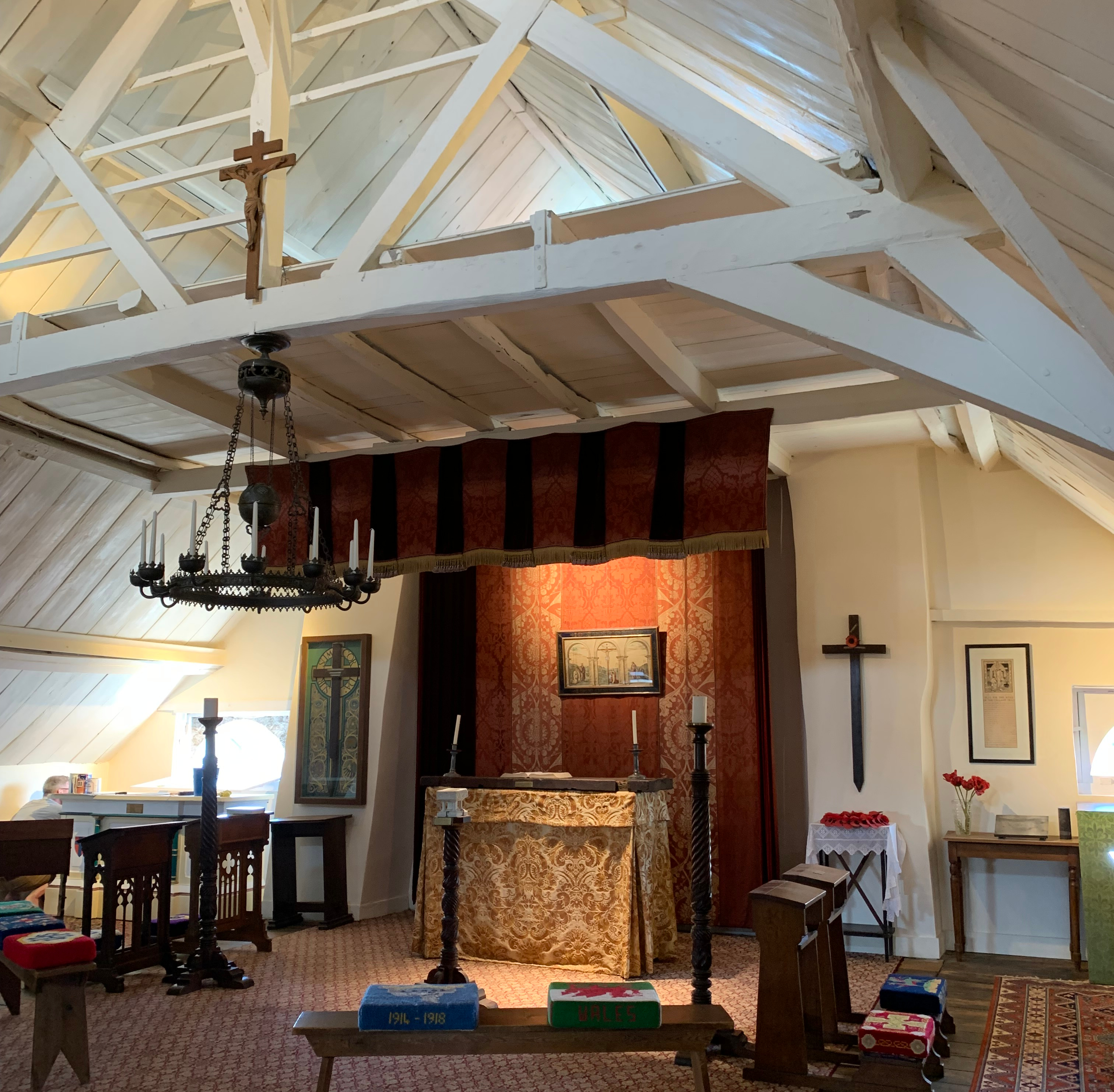As you will have realised, this trip is of the two-wheeled variety, and not one that we did aboard Lady M.
It is a trip we had arranged to do with a couple of cycling buddies from the UK with whom we have enjoyed some lovely bike rides over the years in places as far afield as Piemonte in Italy, Andalusia in Spain, and the Mekhong delta in Vietnam.
With Lady M safely moored in Diksmuide, we took the train to Brussels and flew to Trieste on 14 July – it was a long day! Meeting up with our friends on Friday 15 July, we spent a warm and sunny Friday and Saturday exploring this wonderful city, before heading south on Sunday morning for five cycling days, with a day off in between to rest and explore Porec. The climbs were manageable and the distances were not daunting, however the July temperatures were a bit of a challenge, with forecasts of 32C to 34C along the coast, and actual temperatures of 35C or more in the higher inland sections.


So first of all, a little bit about Trieste, an ancient city on the northern Adriatic coast which is almost surrounded by Slovenia, that none of us had visited before. Trieste became part of the Roman republic in 177 BC, but the site had been inhabited for more than 900 years before the Romans arrived. Since the Romans the city has been occupied and ruled at various times by the French, Austrians and Italians, and ultimately after WWII the narrow coastal strip of land and the city of Trieste itself became part of Italy.
First and foremost, Trieste is a popular Adriatic sea port – it still has a small fishing fleet – and is home to some large marinas, ship-building facilities and a large rail-port interface and logistics infrastructure. It’s tourist office describes Trieste as “attractive, sophisticated and cultured, and one of Italy’s most cosmopolitan cities“.

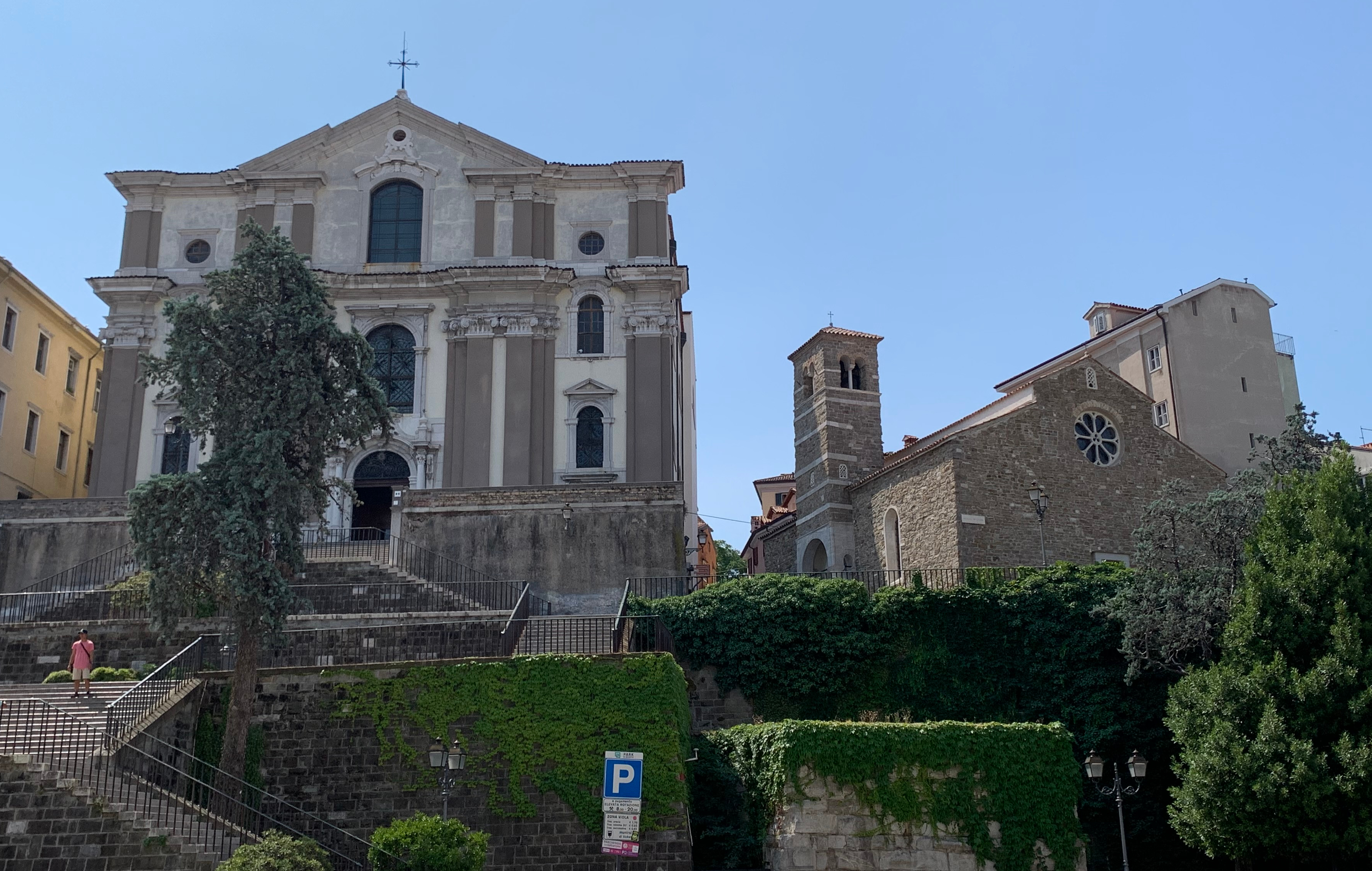


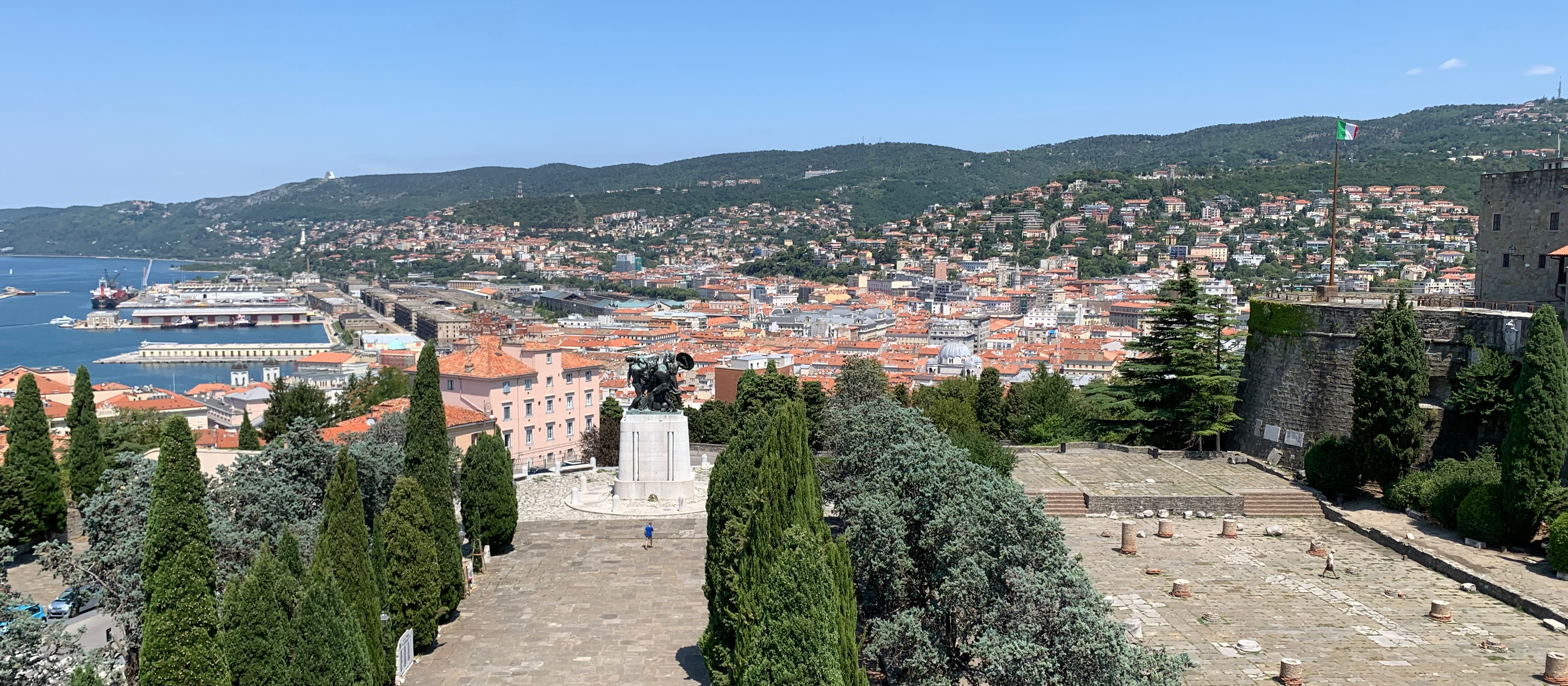
While you are on top of the hill, a visit to the Winckelmann Museum, whose entrance is adjacent to the Cathedral, is highly recommended. This museum has a vast collection of Roman and Egyptian archeology both inside the museum building and within the large walled gardens which extend back down the hill. The museum is named after Johann Joachim Winckelmann, considered in Italy to be a founding father of Archaeology and Art History, who was murdered during a robbery whilst waiting in Trieste to catch a ship to complete his trip from Vienna to Rome.
Amongst all the wonderful ancient artifacts we saw in the museum (and there are a lot !), we thought that the complete collection of Roman coins dating from Emperor Augustus (27BC to 14AD) to Emperor Theodosius (379 to 395AD) was quite something!



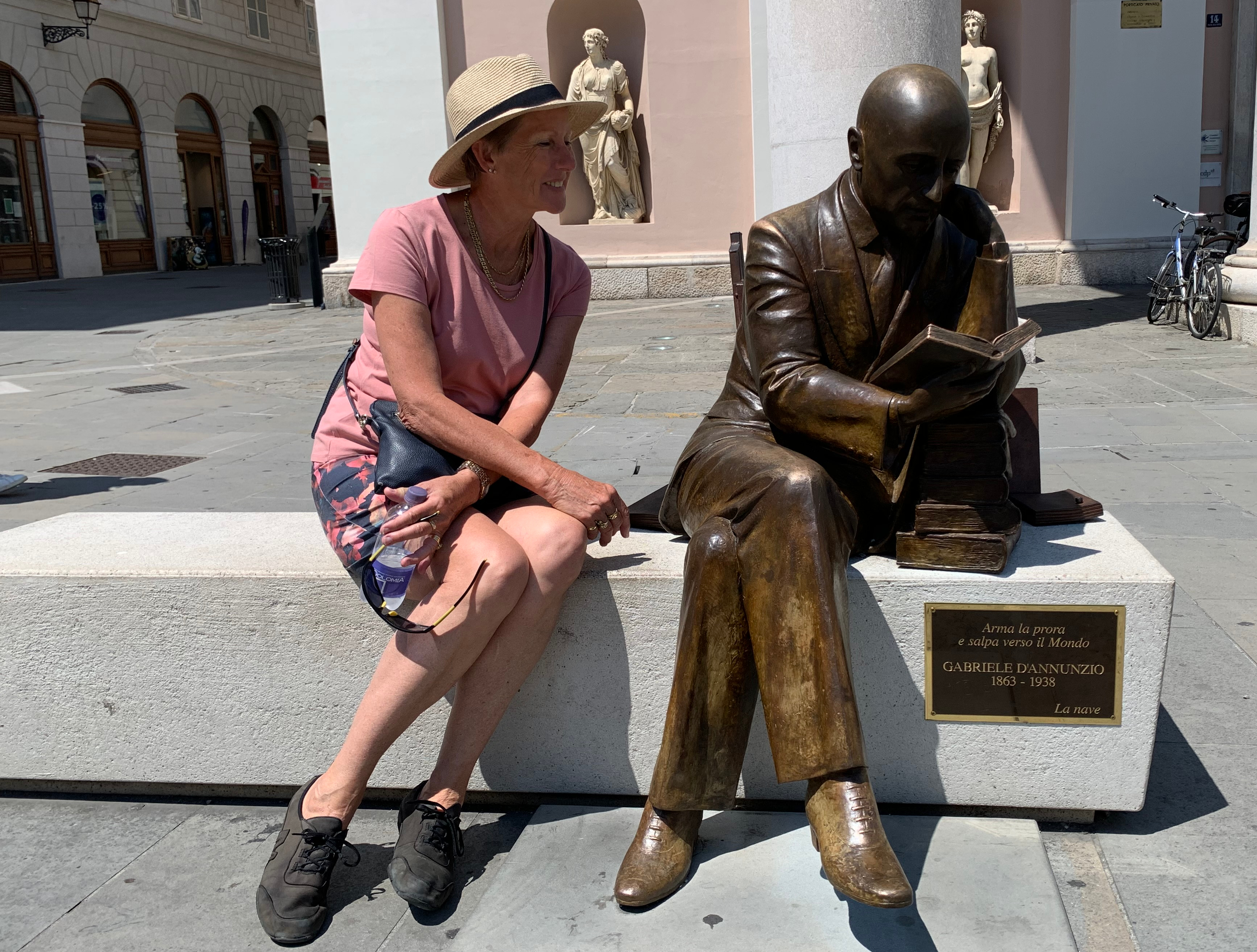


As with most of our rides, Day 1 was a settling down, bike adjusting, generally hard working event, and this one was no different. We don’t even have a photo to show for the 65km journey around the Muggia bay and on to the seaside resort town of Portoroz in Slovenia, but we do have some taken at the lovely hotel at the end of the day which had, amongst other things, comfortable rooms, ice-cold beers and a swimming pool.
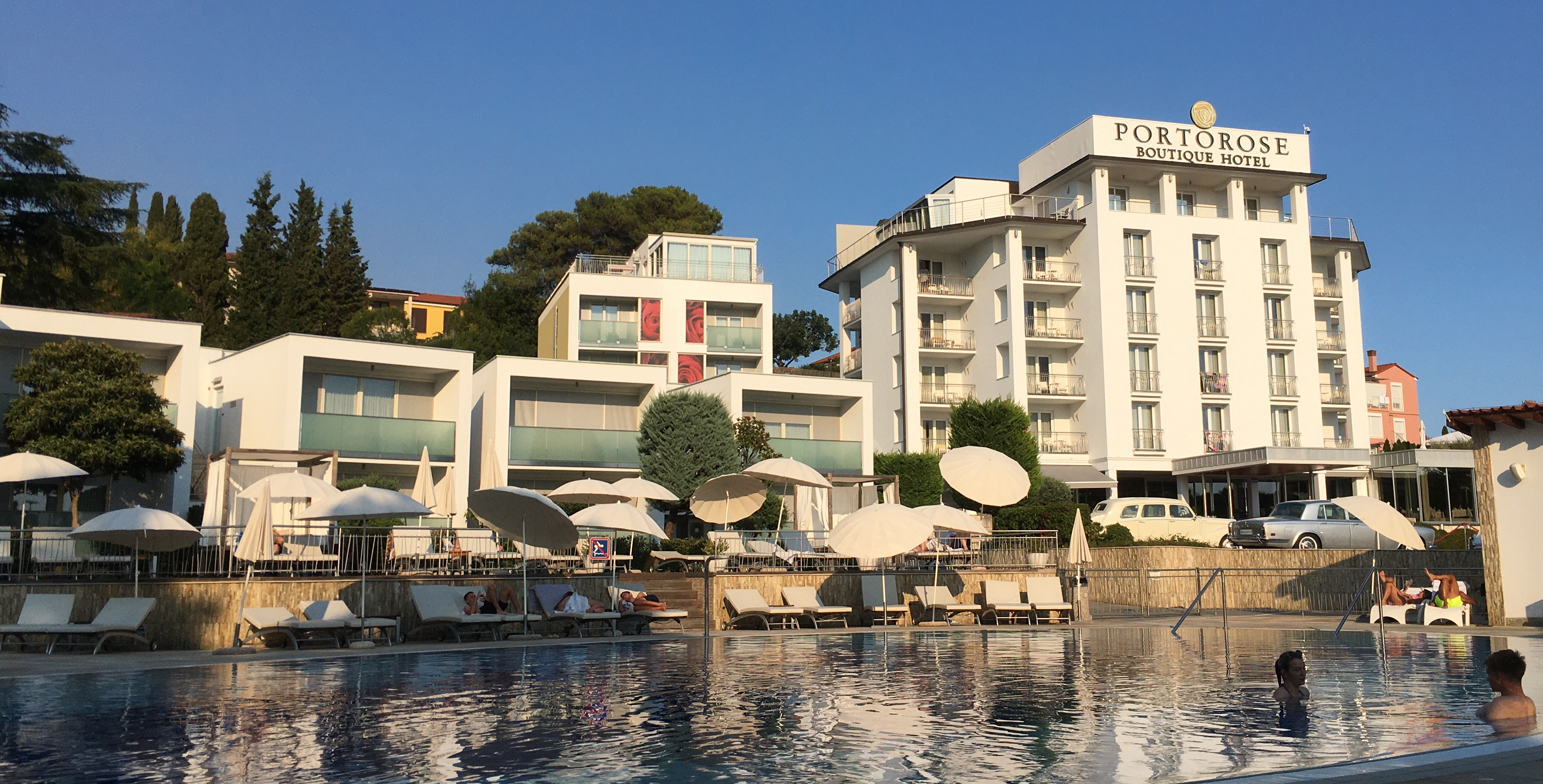

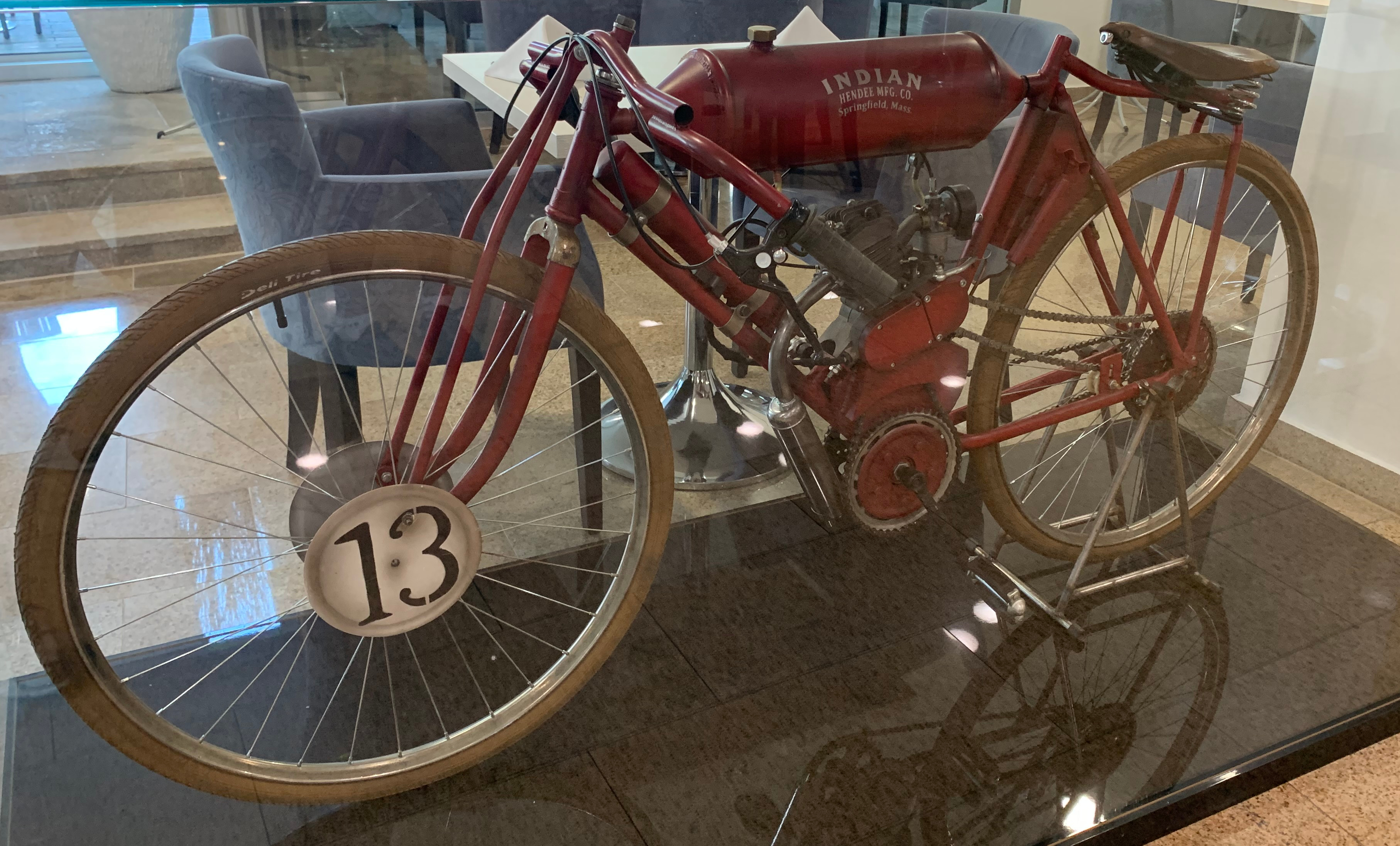
Day 2 took us to the Croatian town of Novigrad, about 60km for the day, and we started a bit earlier to try and minimise our exposure to the afternoon heat. We initially skirted a large estuary with huge marina, solar salt farms and a nature reserve before crossing the border into Croatia.
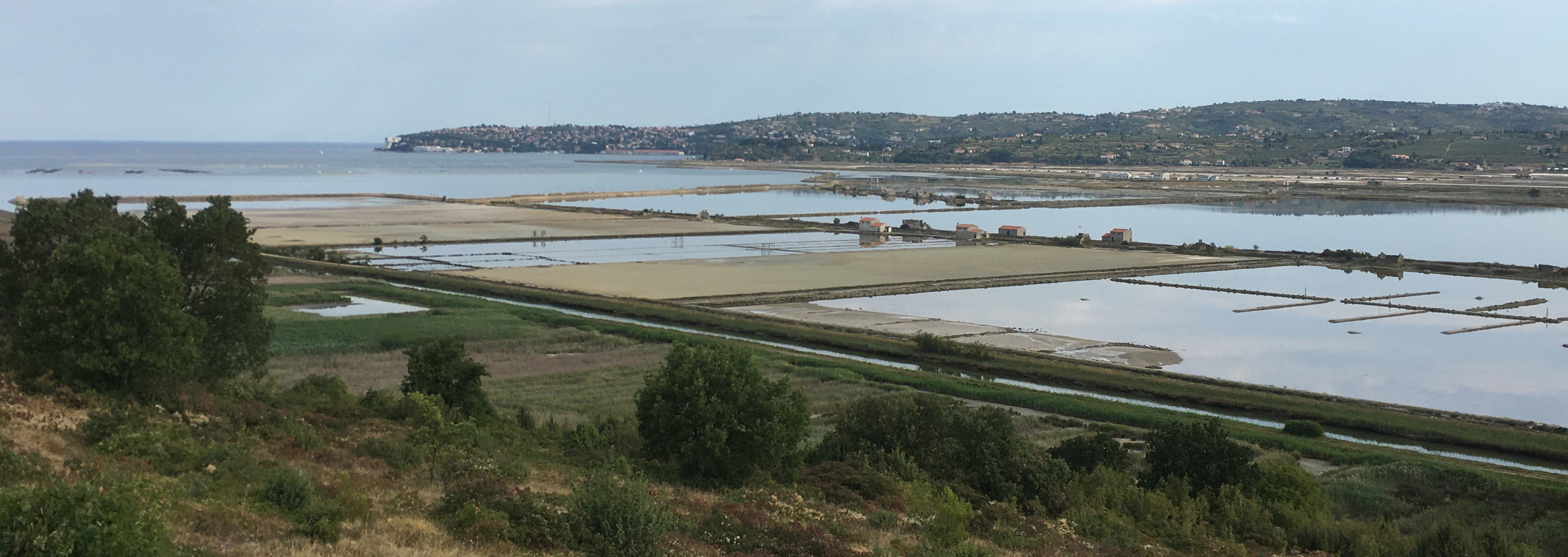
A very rude and miserable immigration officer shouted for us to come through the control post on our bikes – but only after he had watched us dismount and carefully park them and approach his booth!

Initially we were riding across country following gravel paths above the coast, but we soon dropped onto the busy coastline, passing lots of caravan parks, beach-side resorts, holiday homes and the hundreds of holidaymakers who migrate to the beach for their summer holidays and worship the sun.




Day 3 was a short ride of only 20km from Novigrad to Porec, with a few small climbs, but nevertheless rather hot. We stopped for a coffee break in the sleepy, rather grimy and aptly-named town of Tar. The Croatian currency is the Kuna (A$1 = kn5 approx), and our coffee’s were kn6 each, though we noted the locals were all drinking beer at 10am. When the bill arrived we discovered it was cheaper to drink beer at kn8 for a 330ml glass than bottled water at kn18 for 500ml.

We managed to get an early check-in to our hotel at 12 noon, had another memorable lunch and spent the remainder of the day wandering the small city of Porec, and with the promise of a rest day tomorrow (not that we really needed one).

Porec is another ancient city with about 2,000 years of history, the oldest part of which sits on a small peninsula jutting into the sea and has a small harbour protected by the island of Sveti Nikola (Saint Nicholas) just a few hundred metres offshore.

Porec is home to the 6th-century Euphrasian Basilica which we found well worth our visit. The first cathedral existed here in the 4th-century, but is was enlarged in the 5th century and then substantially rebuilt on the same site by Bishop Euphrasius in the 6th century. Archaeologists continue to excavate and find the 4th and 5th-century architecture and artifacts which were buried in the reconstruction.








Day 4 was a moderately challenging 51km ride from Porec to Rovinj, which comprised gradually climbing inland for about 28km to skirt the Limski Canal, followed by a 6km downhill into the gorge, then immediately followed by a 150m climb out of the gorge over about 2.5km (i.e. about 6% average), and then generally downhill for about 15km to Rovinj. We were all pleased to complete the day despite the 35C temperature – rewarded with a cool shower, cold beer and a fresh tuna steak dinner in a local alleyway restaurant in the old part of the city.

Like Porec, the city of Rovinj is built on a peninsula (however it was once an island, before the land was filled to connect it to the mainland), however this peninsula has some decent contours to it, with the Saint Euphemia Church and its tower dominating the hilltop.

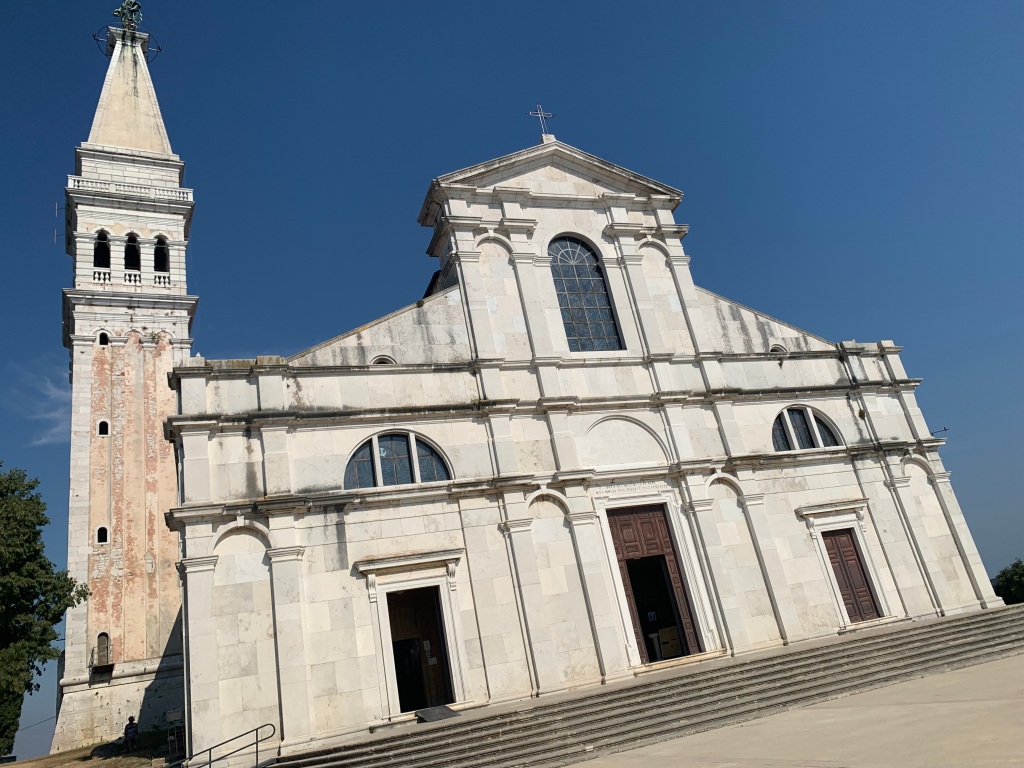
Our final cycling day was a 42km ride down to Pula, a large and ancient city near the southern tip of Croatia’s Istrian Peninsula, with a very large natural protected harbour. Pula has been occupied since the prehistoric era, probably because of its strategic location. The Romans, Ostrogoths and Venetians, as well as the Allied Forces in WWII, have each administered the city at various times.



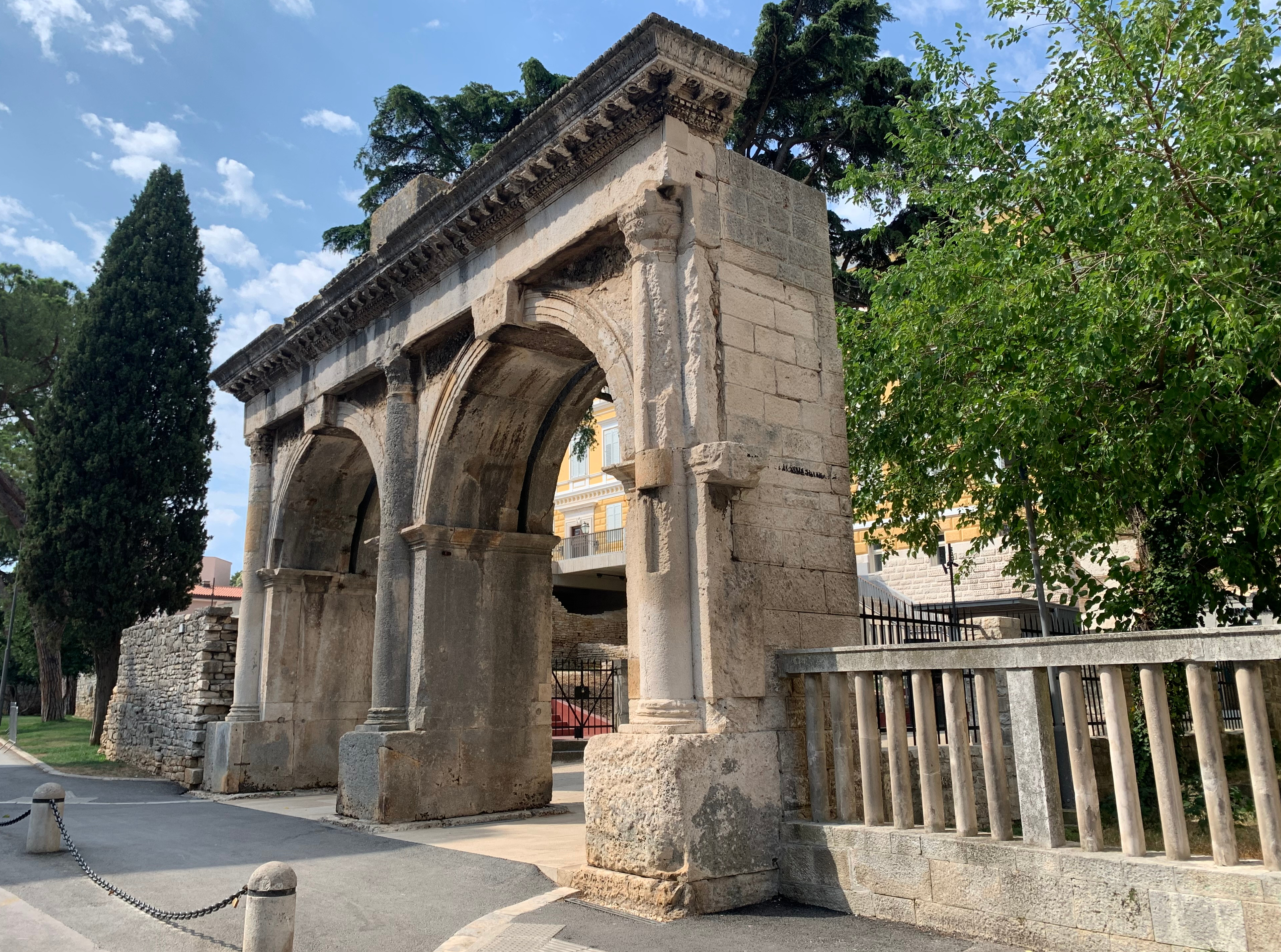
The old city is built around a small hill, the city’s highest point and the site of a Venetian fortress which was built in the 1630’s. Previously on this strategic location stood a Histri hill-fort, a Roman castrum and subsequently a medieval castle.
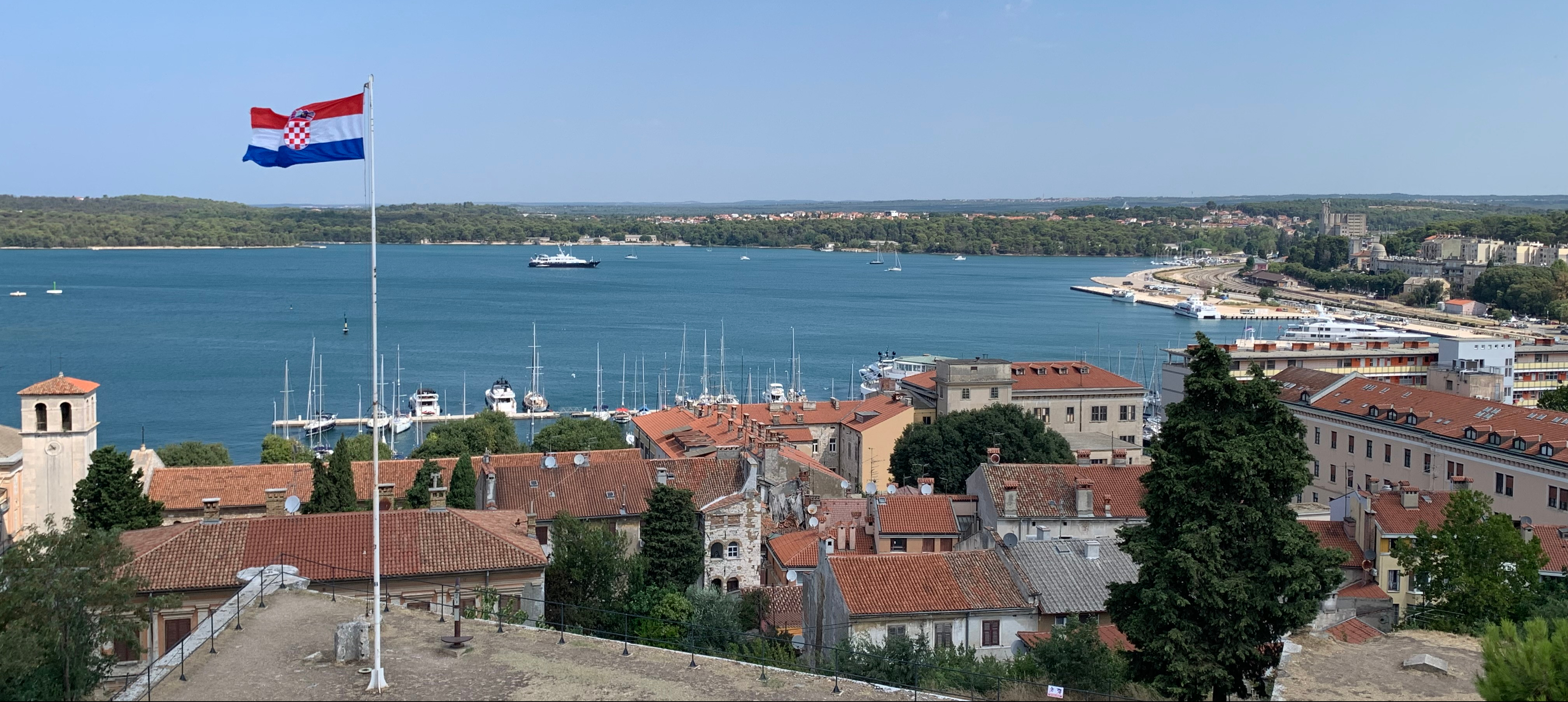


On the walk back down the hill we poked our heads into the Saint Francis church and monastery which dates from 1,285 – such a very peaceful and relaxing environment, yet only a stone’s throw from the fortress and it’s cannons just above.

We said our farewells to Chris and Jo and took a coach back to Trieste where we spent another couple of days before our flight back to Brussels on 27 July, and onward by train to Diksmuide and Lady M.
We are very fortunate to have had ‘a holiday within a holiday’, briefly visiting Trieste, Slovenia and Croatia, all of them for the first time. Cycling holidays like this are a great way to experience the sights, sounds and flavours of a country, meet the people, taste the local food (and beer and wine of course), and get a bit of exercise and physical challenge to boot.
Overall we covered 232km over the five cycling days, an average of just over 46km per day and certainly not a big distance but nevertheless quite respectable. Chris and Jo clocked up even more by going on an optional 35km ride on our “rest day”. Suffice to say a good time was had by all, and we always look forward to the next one, wherever that may be.
In our next installment we will retrace the journey on Lady M from Diksmuide to Brugge and Ghent, then head south and generally follow the French border along the south of Belgium, heading east on the home straight of our anti-clockwise navigation of Belgium – but more of that next time.




